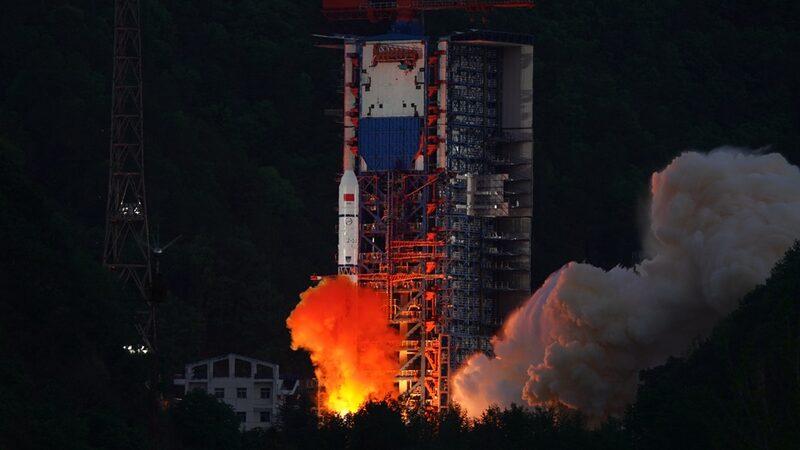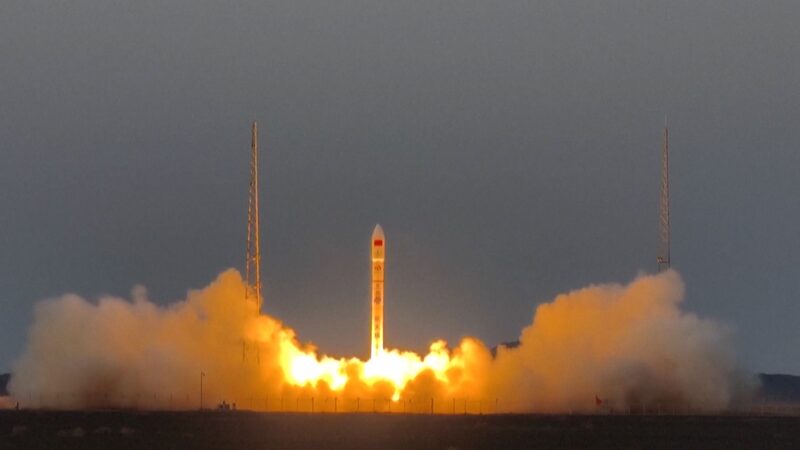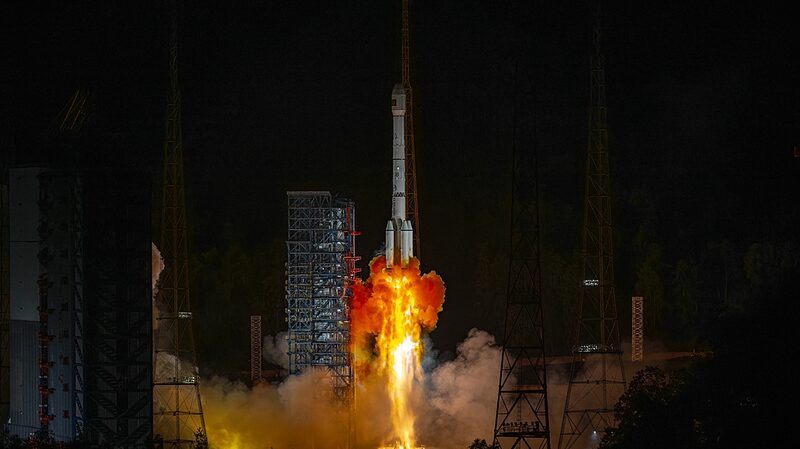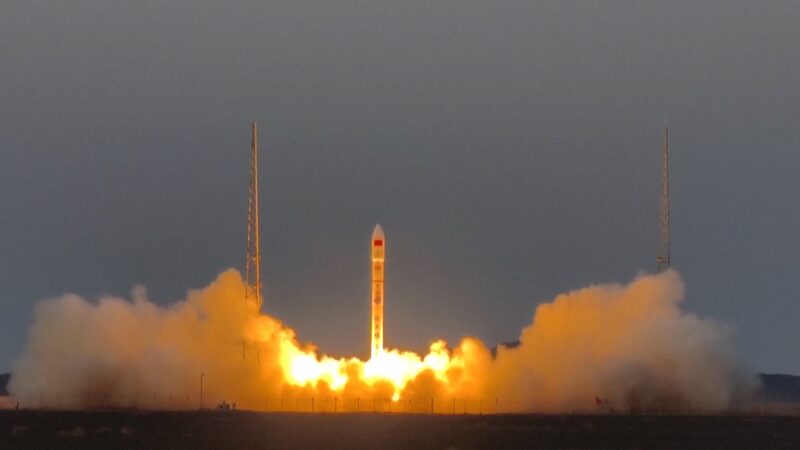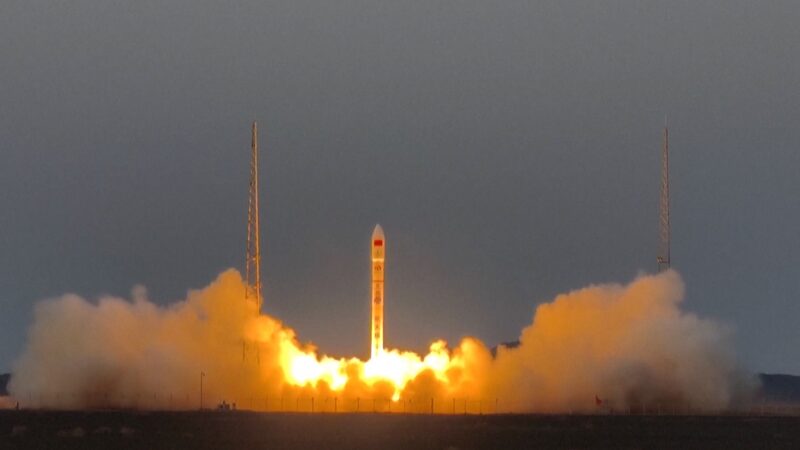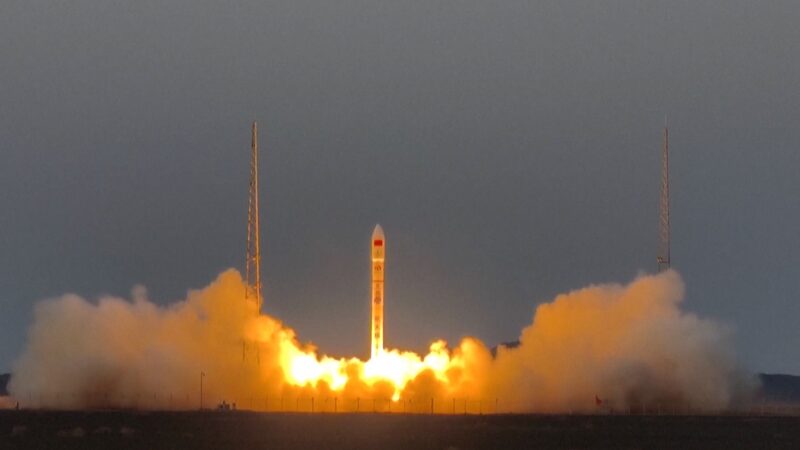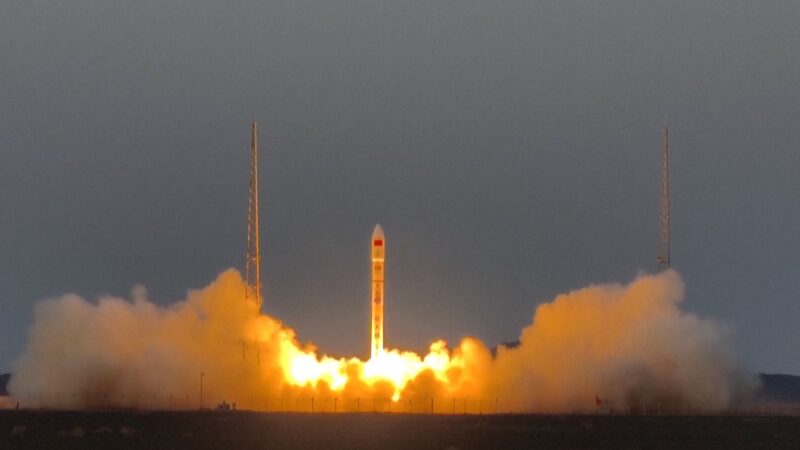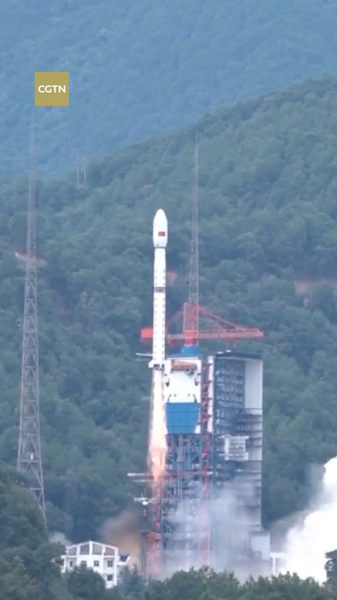Beijing, China—In the early hours of Wednesday morning, China marked a significant achievement in its space exploration endeavors by successfully launching a new remote sensing satellite from the Xichang Satellite Launch Center in Sichuan Province.
The satellite, named Yaogan-42 01, was carried into orbit aboard the reliable Long March-2D rocket. Liftoff occurred at 6:56 a.m. Beijing Time, with the rocket propelling the satellite into its designated orbit with precision.
The Long March-2D is a robust two-stage liquid-propellant carrier rocket, boasting a liftoff thrust of 300 tonnes. Designed for versatility, it can launch single or multiple satellites into various orbits from China’s primary satellite launch centers in Jiuquan, Taiyuan, and Xichang. With advanced capabilities, the rocket is capable of delivering payloads weighing up to 1.3 tonnes to sun-synchronous orbits approximately 700 kilometers above Earth.
This mission marks the 515th launch in the Long March carrier rocket series, emphasizing China’s continued commitment to advancing its space technology and exploration programs.
The new satellite is expected to enhance China’s remote sensing capabilities, contributing to various fields such as environmental monitoring, agricultural planning, and disaster prevention and mitigation.
Experts note that this launch not only demonstrates China’s growing prowess in space technology but also signifies the nation’s dedication to utilizing space-based assets for peaceful development and international cooperation.
Global observers and business analysts are closely watching China’s space program developments, recognizing the potential opportunities for international partnerships and the advancement of scientific research.
As China continues to expand its presence in space, the successful deployment of the Yaogan-42 01 satellite adds to the momentum of its ambitious plans for future missions, including lunar exploration and potential manned missions to Mars.
Reference(s):
cgtn.com
